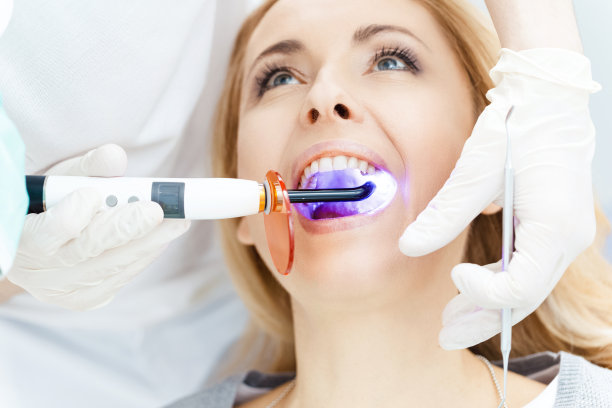Understanding the Procedure and Aftercare Involved in Extracting a Tooth for Optimal Oral Health Recovery
Summary: Extracting a tooth is a common dental procedure that may be necessary for various reasons, including severe decay or crowding. Understanding the procedure and aftercare is essential for optimal oral health recovery. This article discusses four key aspects of tooth extraction: the dental assessment and preparation, the extraction procedure itself, immediate aftercare, and long-term post-extraction care. By providing detailed insights into each of these areas, the article aims to prepare patients for the entire experience — from the initial consultation to maintaining oral health following the extraction.
1. Dental Assessment and Preparation Process

The journey toward tooth extraction begins with a thorough dental assessment. Dental professionals evaluate the patients overall oral health, which may involve clinical examinations, x-rays, and patient history. This assessment is critical in determining the necessity for extraction and identifying any underlying conditions that could complicate the procedure.
Patients should be transparent during the assessment, discussing any medications and allergies. This information is vital as it helps the dentist customize the anesthesia plan and ensures a safe extraction process. The dentist may also provide information about sedation options for anxious patients, which contributes to a more comfortable experience.
Finally, it’s essential that patients maintain good oral hygiene leading up to the procedure. This minimizes the risk of infection and prepares the mouth for a smoother extraction process. Following the dental teams recommendations during this preparatory stage helps set the groundwork for optimal recovery.
2. Understanding the Tooth Extraction Procedure
The actual extraction procedure can vary depending on whether the tooth is impacted or erupted. For erupted teeth, the dentist often uses local anesthesia to numb the area around the tooth, followed by the application of forceps to remove the tooth carefully. In contrast, impacted teeth may require a surgical extraction, which could involve incisions and stitches.
Throughout the procedure, the dentist will ensure the patients comfort and monitor vital signs. Its crucial to communicate any discomfort or concerns during the extraction, as varying levels of anesthesia can lead to different experiences. Understanding this part of the process can alleviate some anxiety about the procedure.
After the tooth has been extracted, the dentist may provide gauze to help control bleeding. The post-extraction site will be monitored before the patient is released. Proper follow-up care instructions are provided at this stage to ensure healing begins correctly.
3. Immediate Aftercare Following Extraction
Immediate aftercare is critical for reducing the risk of complications. After the procedure, patients are typically encouraged to bite down on gauze for about 30 minutes to help clotting. Avoiding vigorous rinsing or spitting is essential during this time to prevent dislodging the blood clot formed in the extraction site.
It is advisable to adhere to a soft-food diet for the first few days post-extraction. Foods such as yogurt, applesauce, and mashed potatoes are excellent choices. Additionally, its critical to stay hydrated but avoid using straws, as suction can displace the clot, leading to a painful condition known as dry socket.
Patients should also monitor their pain levels, as medications may be prescribed. Following the prescribed dosages is important, and any allergic reactions or severe pain should be reported to the dentist. This care helps ensure a smoother recovery phase.
4. Long-Term Post-Extraction Care Tips
Once the immediate healing phase is complete, long-term care is essential for maintaining optimal oral health. Implementing good oral hygiene is paramount, which means brushing at least twice a day and flossing daily to keep the remaining teeth and gums healthy.
Regular dental check-ups following the extraction are important. These visits allow dentists to monitor the healing process and ensure no complications arise, such as infections or issues with adjacent teeth. Patients could also benefit from professional cleanings to optimize oral health.
Finally, it’s advisable to consult with the dentist about potential tooth replacements, such as implants or bridges, especially if the extracted tooth was visible or significant in function. Early planning can aid in a smoother transition and maintain overall dental aesthetics.
Summary:
Understanding the procedure and aftercare involved in tooth extraction can significantly impact recovery and long-term oral health. From the initial dental assessment to immediate and long-term care, being informed helps patients prepare mentally and physically for the experience. Proper follow-up and good oral hygiene practices post-extraction are crucial for maintaining a healthy smile.
This article is compiled by Vickong Dental and the content is for reference only.



